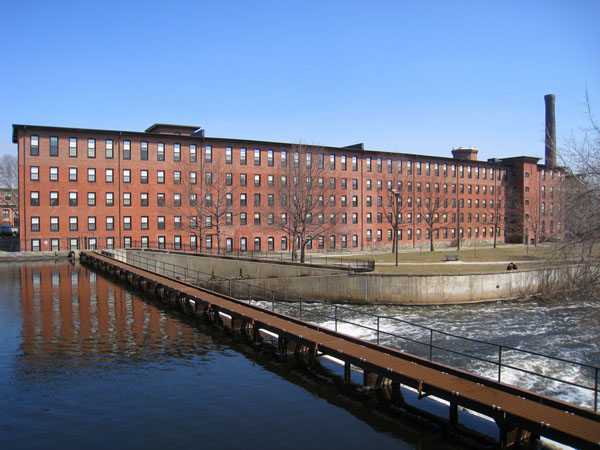C200: Not Your Grandmother’s Cleveland
Those of us on the side of civilization—which does not include everybody—understand the value and function of cities. But it’s important to recognize that the character, scale, and disposition of urban life is entering a new phase: contraction. Contrary to the fantasies of many, I believe our cities will have to get smaller, denser, and better organized around their historic centers and waterfronts in order to thrive in an energy-scarce future.
Contrary also to figures like Ed Glaeser at Harvard (author of the new tome “Triumph of the City”), we’re done with skyscrapers and megastructures, and not just for energy reasons, but because they will never be renovated. Our energy scarcity will be matched by a capital scarcity and, very probably, a scarcity of the very high-tech fabricated modular materials we had gotten used to building in. Cities cannot be made out of structures with no hope of adaptive re-use – so we’re going to have to come up with a better plan than the mistaken “green” proposal to stack everybody up in towers.
That better plan consists of traditional urbanism, based on the walkable neighborhood (or district), and buildings scaled appropriately to the resource realities of the years to come.
Personally, I believe the contraction process will be agonizing for our giant metroplex cities, and that the “action” will shift back to our smaller cities and small towns – especially to places that exist in relation to local food production, navigable waterways, and water power.
>>>
James Howard Kunstler is the author of The Long Emergency, The Geography of Nowhere, and 12 other books, including nine novels.


